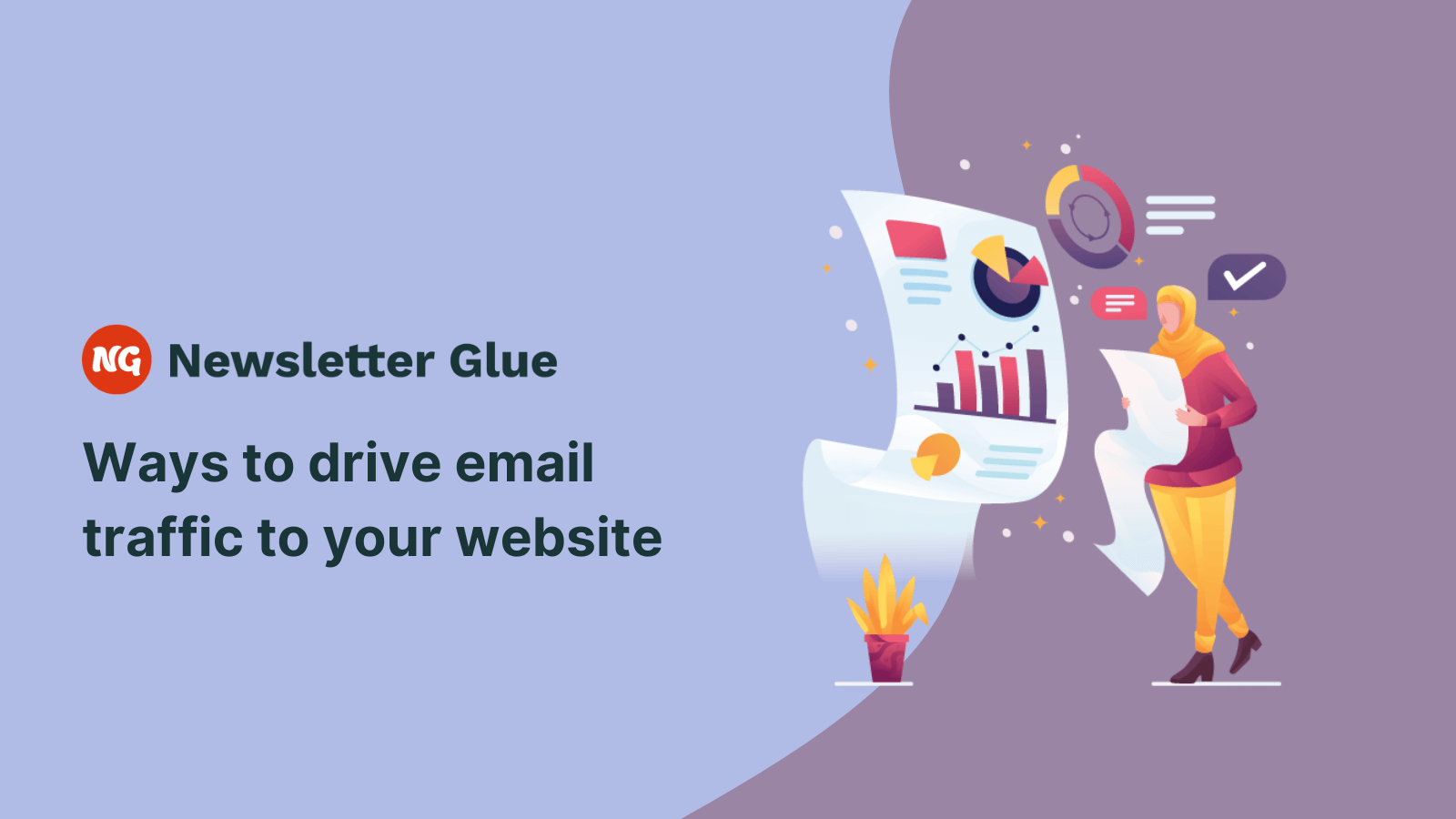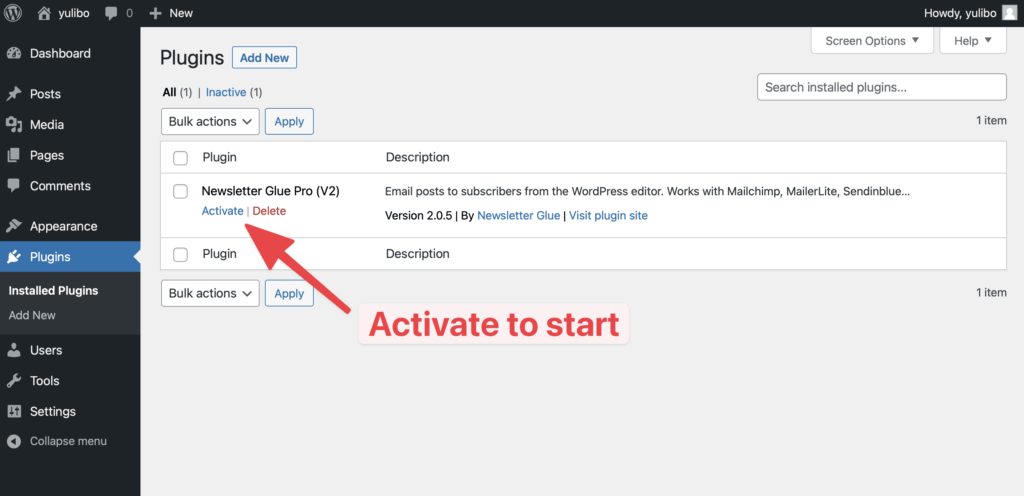Are you looking for ways to drive email traffic to your website?
Over 350 billion emails are sent and received each day. This means there’s an incredible opportunity to tap into the vast pool of subscribers seeking regular and valuable content.
Your business’s email marketing campaigns should go beyond measuring standard engagement metrics. Simply having an email list isn’t enough – you need to drive volumes of traffic to your website, which can ultimately convert those leads into paying customers.
In this article, we’ll explore seven actionable strategies that can help you supercharge your email marketing efforts and drive a surge of traffic to your website.
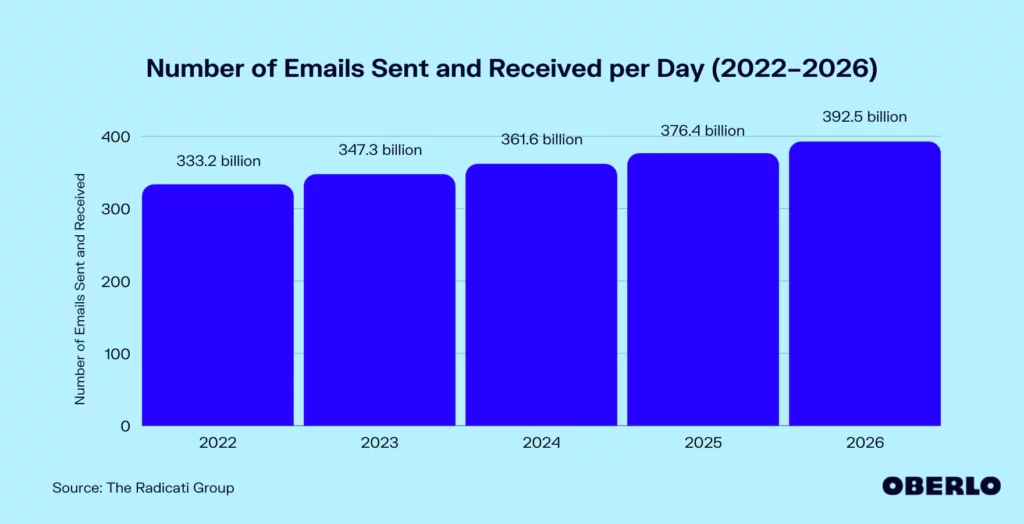
What is email traffic?
Email traffic refers to the number of people who visit your website through your email campaigns.
Generating a high number shows that your emails are effective at driving engagement and directing recipients to your website. By tracking email traffic, you can measure the success of your email campaigns.
While open rates indicate how many recipients opened your email, email traffic reveals the actual number of visitors driven to your website. It provides a tangible measure of the success in directing recipients to engage with your brand.
Understanding email traffic allows you to make data-driven decisions, and ultimately refine your email marketing strategy.
7 ways to drive email traffic to your website
Here are a few ways you can increase email engagement and drive more traffic to your website.
1. Use Call-to-Action (CTA) buttons to encourage clicks
Well-placed and compelling CTA buttons encourage website visitors to click through to your desired action. Whether that’s making a purchase or filling in a web form. Compelling text for CTA buttons include phrases like, “Shop Now”, “Discover More”, or “Learn More” to optimise the effectiveness of the text. These phrases can inspire curiosity and prompt visitors to explore further, ultimately driving more traffic to your website. Remember to try different versions of buttons and A/B test them to see which resonates best with your audience.
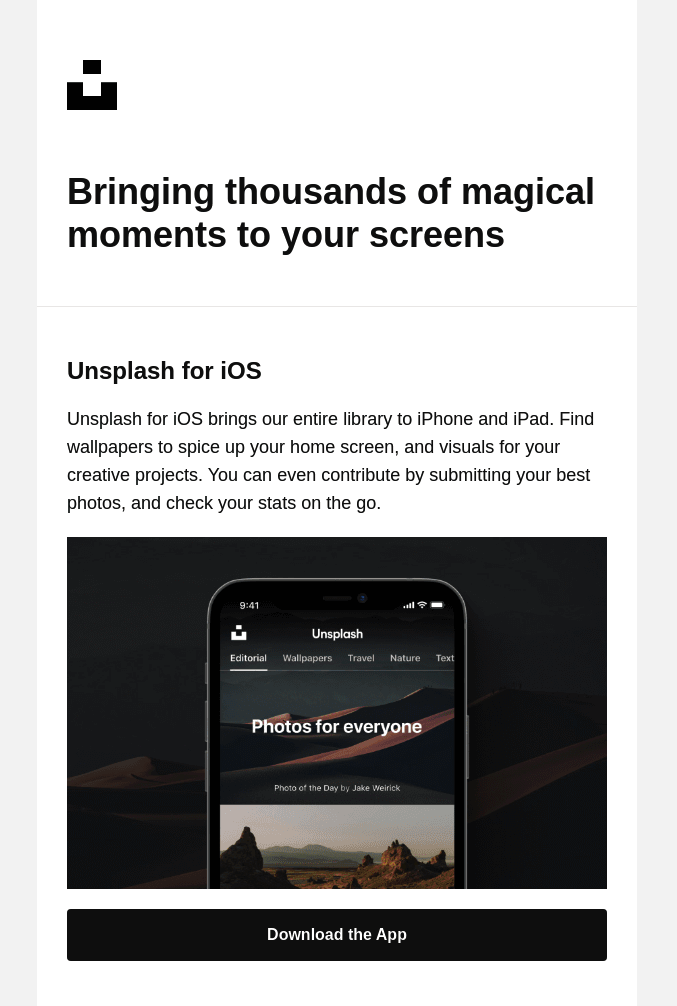
2. Use text for your email content
Promotional, HTML-heavy emails with lots of styling are notoriously slow at loading and are a common email marketing pain point.
To mitigate this issue, you’ll need to ensure your email code is clean, optimised, and follows best coding practices. Emails that carry much less noise, such as plain-text emails, can lead to reduced spam rates, higher open rates and ultimately more clicks through to your website.
3. Optimise newsletters for mobile devices
Ensure that your email newsletters are optimised for mobile devices, as a significant portion of email opens occur on smartphones and tablets. Mobile-friendly designs and responsive layouts enhance the user experience and encourage click-throughs.
Mobile optimisation involves designing newsletters that are visually appealing and easy to navigate on smaller screens. One essential aspect is to create responsive layouts that automatically adjust and adapt to different screen sizes. This ensures that your email content remains clear and readable, regardless of the device being used.
Also, consider the use of mobile-friendly designs and formatting techniques. Utilise legible fonts, appropriately sized images, and clear call-to-action buttons that are easily tappable. It’s also advisable to keep the email layout concise and avoid clutter, as mobile users typically prefer quick and digestible content.
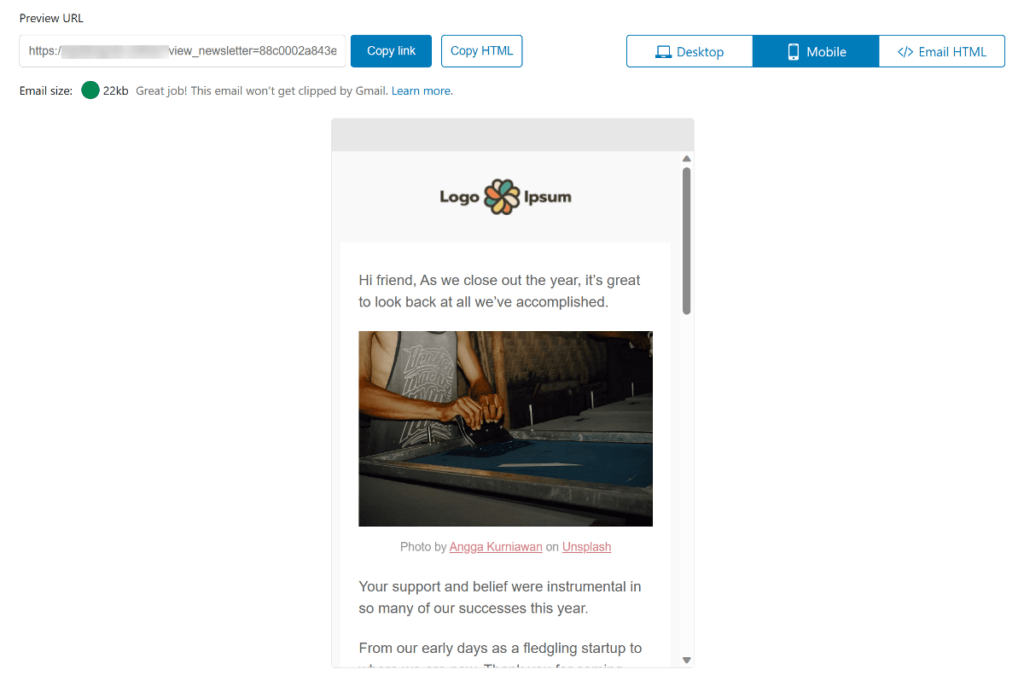
Many email service providers will guide you through this process – and Newsletter Glue can help too.
4. Provide exclusive content and promotions
Offer unique and valuable content or exclusive promotions to your email subscribers. This provides an incentive for recipients to click through to your website to access the special benefits or information you’re offering. This could be a discount or a free downloadable resource.
When crafting exclusive content, ensure that it aligns with the interests and preferences of your target audience. Tailor the content to address their pain points or provide solutions to their specific needs. This personalised approach makes your subscribers feel valued and appreciated, increasing their engagement and driving them to click through to your website.
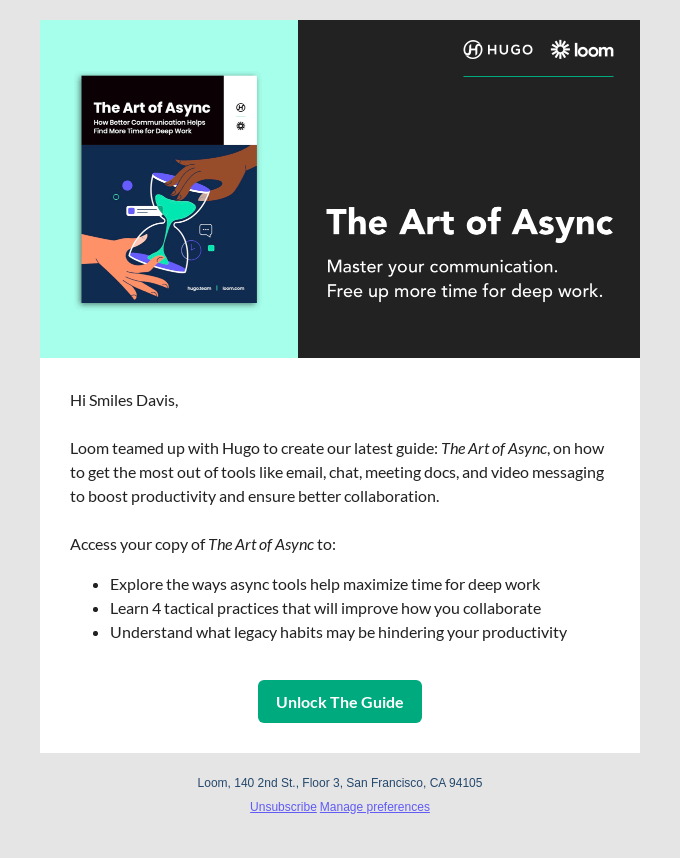
5. Segment your email list and personalise emails
Segmenting your email list based on criteria such as demographics, interests, or previous interactions can help personalise your email content and make it more relevant and engaging for each subscriber. This will increase the likelihood of recipients clicking through to your website.
Personalisation allows you to speak directly to the needs and interests of each segment, making your emails more relevant and engaging. For example, you can create customised product recommendations based on a subscriber’s purchase history – or send tailored content based on their website browsing behaviour.
6. Be consistent and time your emails well
Establish a consistent email marketing schedule and send emails at strategic times.
Between 9-11 AM is one of the best times to send email newsletters. Fridays see the highest email open rates (nearly 19%), compared to the lowest open rates (17%) on Saturdays.
By maintaining regular communication with your subscribers and sending emails when they are most likely to be engaged, you can drive higher click-through rates and increase email traffic to your website.
It’s important to be consistent with your email communications. Doing so ensures your subscribers anticipate and expect your emails, keeping your brand top of mind. This helps to build trust and familiarity with your audience, increasing the chances that they will open and engage with your emails.
7. Promote email campaigns on social media
To maximise the reach and impact of your email campaigns, it is crucial to leverage your social media channels as a powerful promotional tool. By cross-promoting your email content on social media, you can effectively attract new subscribers and encourage them to visit your website.
Some ideas include creating captivating teasers or snippets of your email content to share on your social media platforms. These teasers should pique the interest of your followers and entice them to sign up to access the full content. By providing a glimpse of the valuable information or offers available in your emails, you can generate curiosity and drive traffic to your website.
How to monitor your email traffic
Monitoring your email traffic is an essential step to identifying success and areas for improvement.
Most popular email service providers allow you to monitor your email campaign activity and subscriber engagement with ease. Explore intuitive reports such as unsubscribe count, spam complaints, bounces, link activity, and other metrics that are critical to measuring your success.
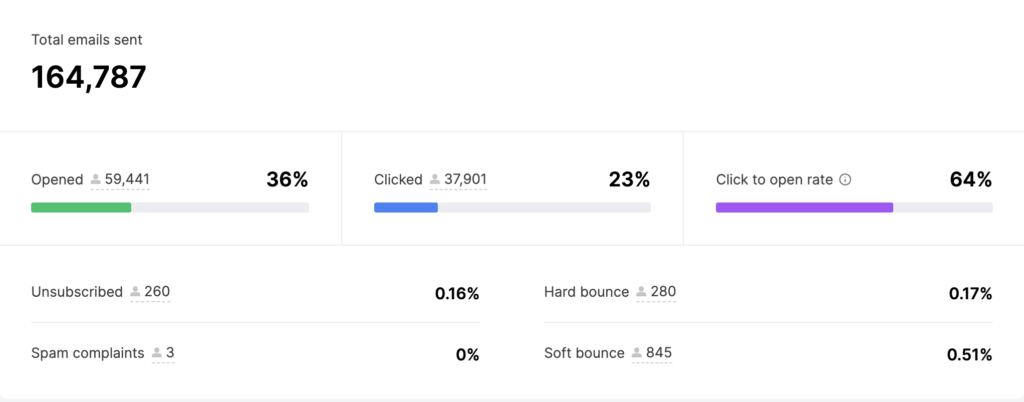
Google Analytics is another powerful analytics tool that provides in-depth information about your subscribers and their interactions with your content. By integrating Google Analytics with your email marketing efforts, you can effectively track and analyse email traffic. This helps you to see its impact on your website at a granular level.
Wrapping up: Generate more email marketing traffic
Email traffic plays a vital role in the success of your marketing efforts.
By generating more traffic through email campaigns, you can effectively drive visitors to your website, increasing the chances of conversions and sales. It provides an opportunity to showcase your products, services, and valuable content to a larger audience, ultimately enhancing brand awareness. With each email sent, you have the chance to engage and nurture your subscribers, building a relationship of trust and loyalty.
Your key takeaways:
- Engage your subscribers with compelling copy and clear call-to-action (CTA) buttons.
- Use text-based email content to drive more traffic to your website.
- Ensure that your email newsletters are optimised for mobile devices.
- Provide exclusive content and promotions to incentivise email subscribers to visit your website.
- Segment your email list and personalise emails based on recipients’ preferences and behaviours.
- Be consistent in your email communications and time your emails strategically.
- Promote your email campaigns on social media platforms to expand your reach and attract new subscribers.
- Choose a platform that offers you a simple way to create optimised email campaigns and newsletters.

